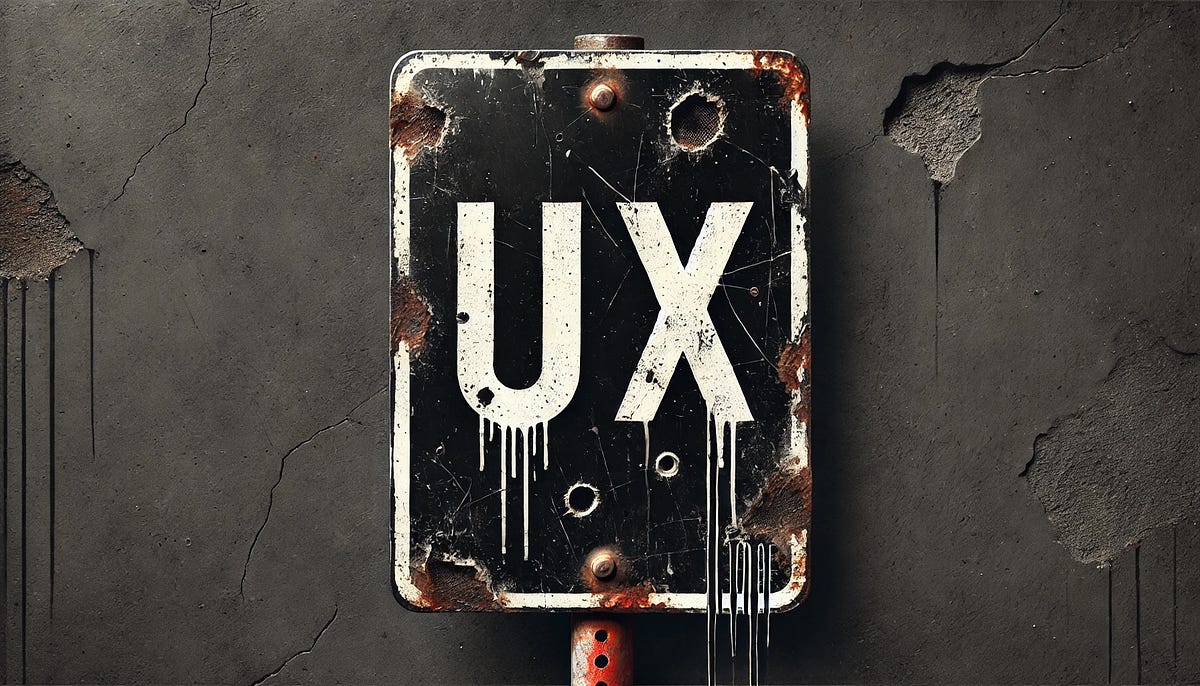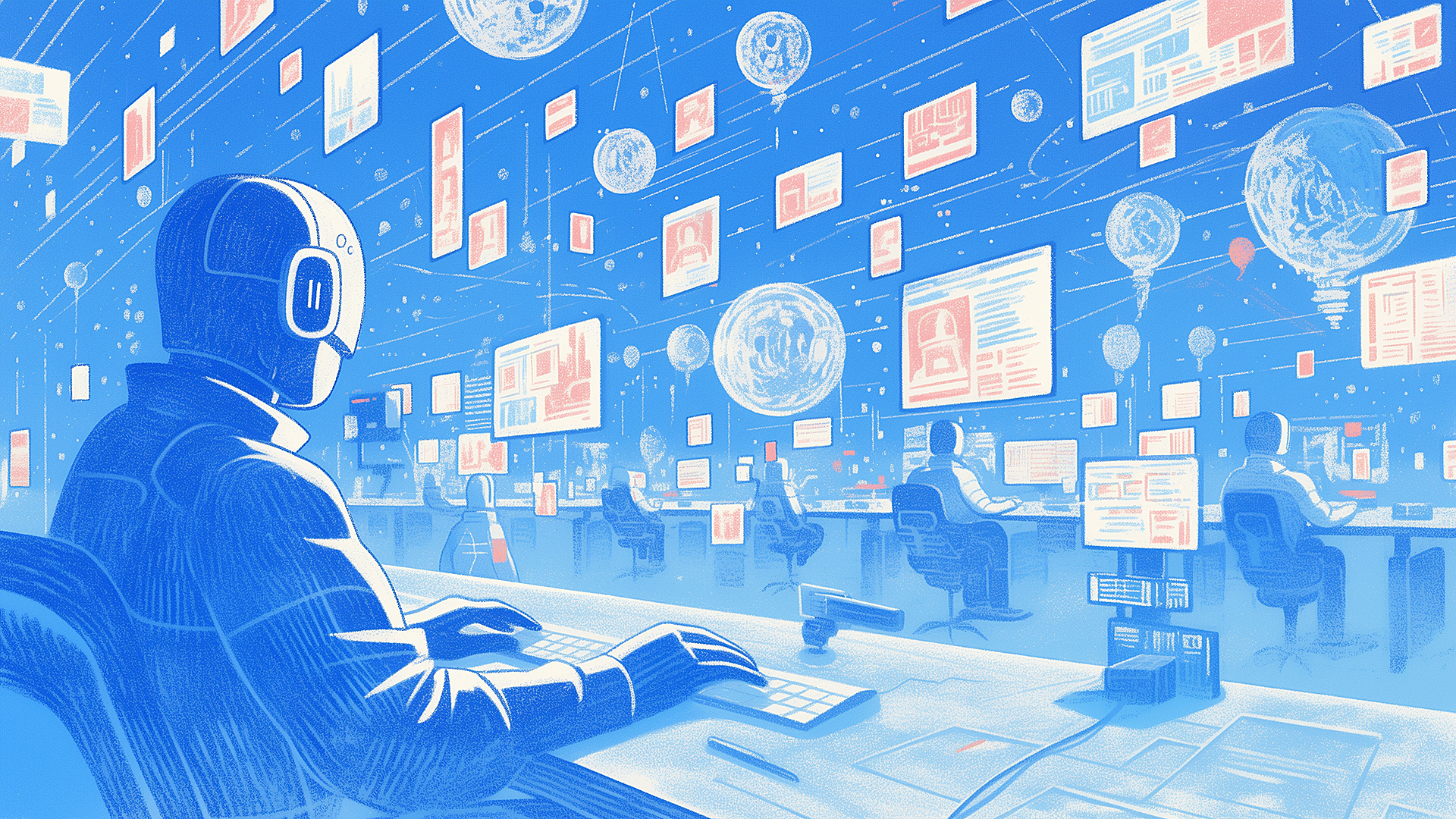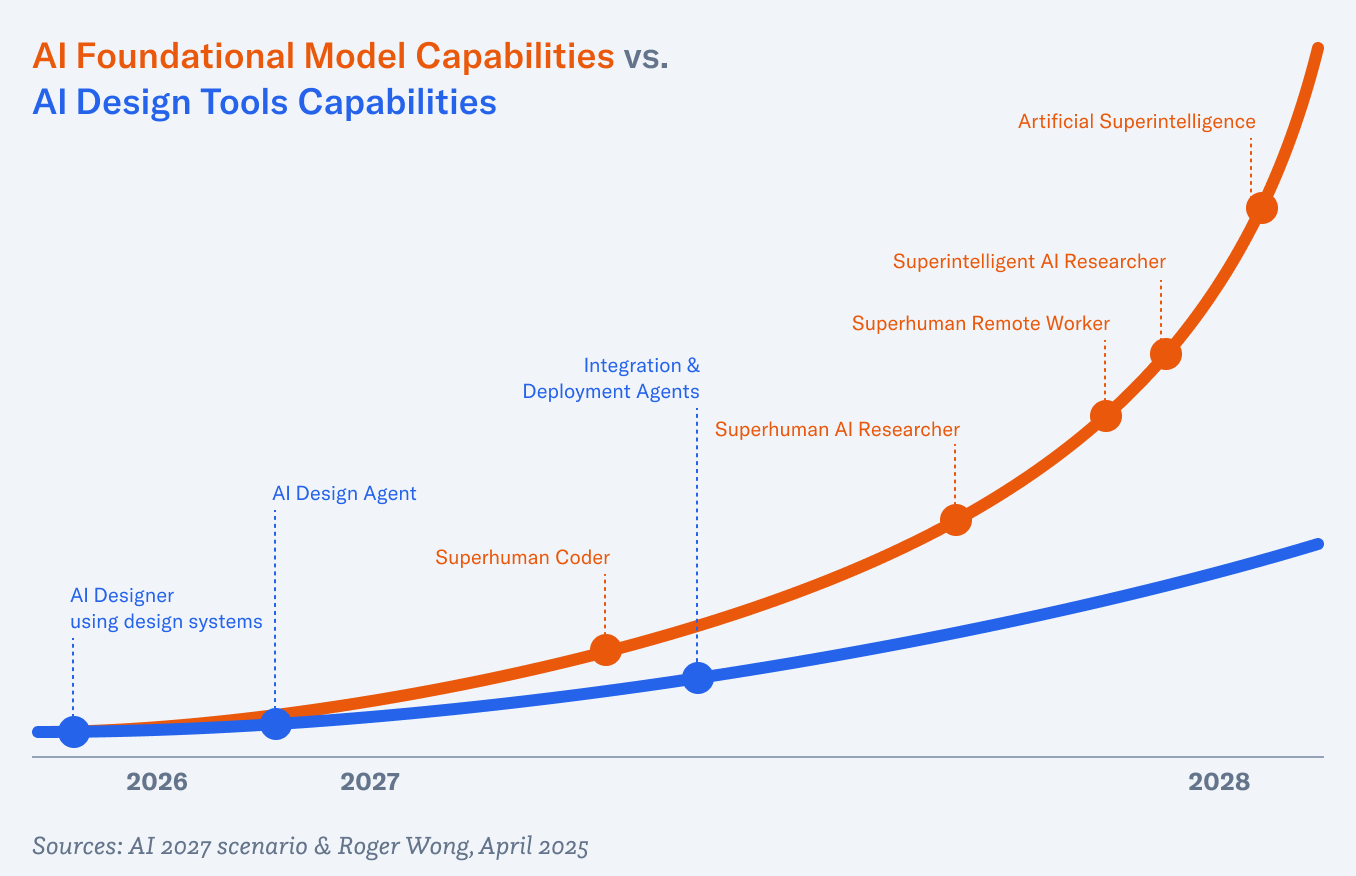OpenAI is acquiring a hardware company called “io” that Jony Ive cofounded just a year ago:
Two years ago, Jony Ive and the creative collective LoveFrom, quietly began collaborating with Sam Altman and the team at OpenAI.
…
It became clear that our ambitions to develop, engineer and manufacture a new family of products demanded an entirely new company. And so, one year ago, Jony founded io with Scott Cannon, Evans Hankey and Tang Tan.
We gathered together the best hardware and software engineers, the best technologists, physicists, scientists, researchers and experts in product development and manufacturing. Many of us have worked closely for decades.
The io team, focused on developing products that inspire, empower and enable, will now merge with OpenAI to work more intimately with the research, engineering and product teams in San Francisco.
It has been an open rumor that Sam Altman and Ive has been working together on some hardware. I had assumed they formalized their partnership already, but I guess not.
PlayThere are some bold statements that Ive and Altman make in the launch video, teasing a revolutionary new device that will enable quicker, better access to ChatGPT. Something that is a lot less friction than how Altman explains in the video:
If I wanted to ask ChatGPT something right now about something we had talked about earlier, think about what would happen. I would like reached down. I would get on my laptop, I’d open it up, I’d launch a web browser, I’d start typing, and I’d have to, like, explain that thing. And I would hit enter, and I would wait, and I would get a response. And that is at the limit of what the current tool of a laptop can do. But I think this technology deserves something much better.
There are a couple of other nuggets about what this new device might be from the statements Ive and Altman made to Bloomberg:
…Ive and Altman don’t see the iPhone disappearing anytime soon. “In the same way that the smartphone didn’t make the laptop go away, I don’t think our first thing is going to make the smartphone go away,” Altman said. “It is a totally new kind of thing.”
…
“We are obviously still in the terminal phase of AI interactions,” said Altman, 40. “We have not yet figured out what the equivalent of the graphical user interface is going to be, but we will.”
While we don’t know what the form factor will be, I’m sure it won’t be a wearable pin—ahem, RIP Humane. Just to put it out there—I predict it will be a voice assistant in an earbud, very much like the AI in the 2013 movie “Her.” Altman has long been obsessed with the movie, going as far as trying to get Scarlett Johansson to be one of the voices for ChatGPT.
EDIT 5/22/2025, 8:58am PT: Added prediction about the form factor.



























